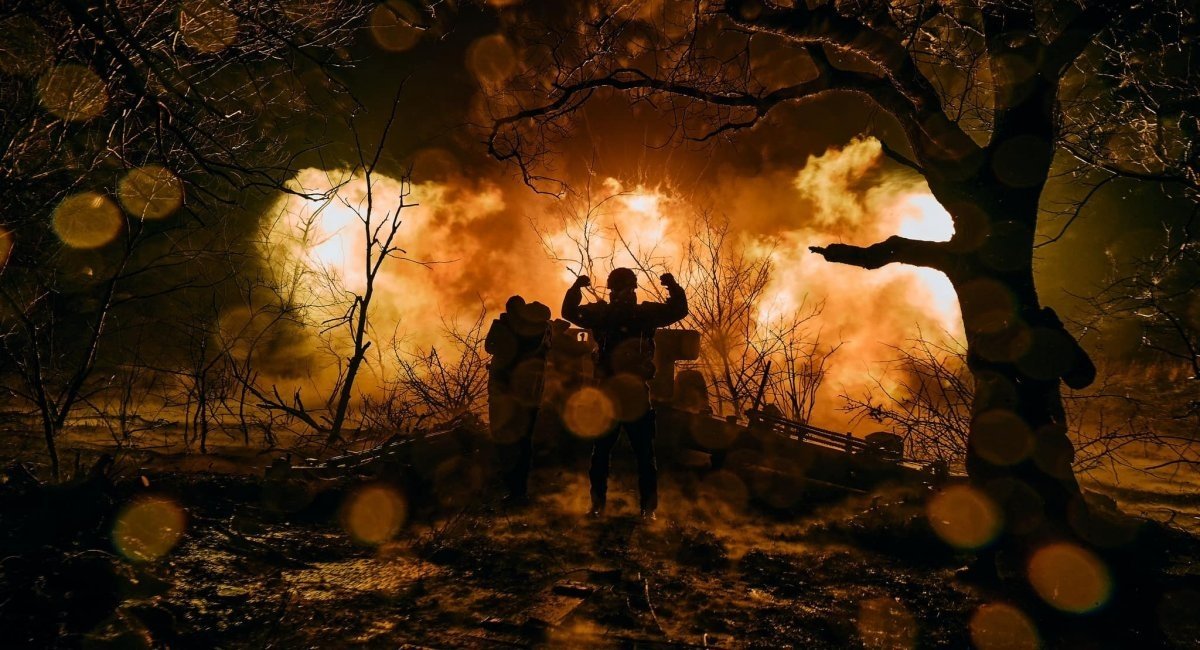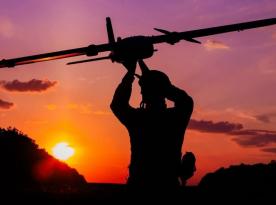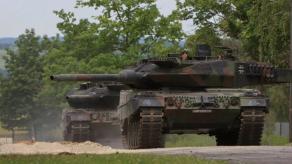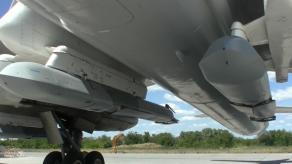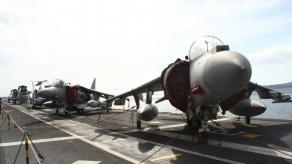Since the first days of the russian full-scale invasion, Ukrainian defense forces have not only been deterring russian offense against multiply overwhelming force, but also doing it the way that writes the modern history of warfare.
Defense Express has gathered five examples of when the Ukrainians made what'd been seen impossible.
Read more: The russians Brought the Most Powerful Artillery Systems to Bakhmut, But They May Run out of Ammunition
The Terms of Mastering New Weapons
Nowadays it is taken for granted: the allies give some new weapons or equipment, and the Armed Forces of Ukraine put them to use. All seems simple and logical, there are even complaints about the unreasonably long periods of time established by some countries for the Ukrainian servicmen to learn new systems, for instance, for the PzH 2000 artillery gun, it was 40 days.
However, in most cases, it takes only a few weeks to master operating high-precision HIMARS rocket launcher or advanced NASAMS air defense system, teach artillerymen to handle NATO-standard howitzers and so on.
We should not also forget, that in addition to operating a weapon, one needs to learn how to transport, maintain and repair it. Even in this regard, the AFU managed to establish a support hub for foreign equipment, repair it in Ukraine and only send it abroad when it needs an overhaul or special works provided exclusively at the manufacturing plant.
For example, the United States created a center for "remote repair", basically a call-center where Ukrainian military seek consult from American specialists when needed and place orders for some required spare parts via the internal logistical network of the U.S. Army.
To add some contrast, let's recall all the talk by some skeptical Ukraine's partners this spring about how sophisticated western arsenal is, that it cannot be mastered in just a few weeks.
Elon Musk Couldn't Imagine...
The artillery fire proved once again to be the decisive factor of any military action, be it offense or defense. Given that, it's only logical to increase the effectiveness of artillery strikes with fire adjustment using UAVs and creating a reconnaissance-and-strike contour overall.
It's all simple in theory: a UAV operator sees a target, impacts around it and gives feedback to the artillerymen on whether they should "take 200 to the left" or briefly reports "overfly 100" for adjustment, just like in the movies. Of course, it would look that simple in the movies; now let's consider a situation: there is a Bayraktar TB2 hanging in the air, a Bohdana howitzer on an island in Dniester's delta, and a russian base on Zmiinyi island for the howitzer to fire at.
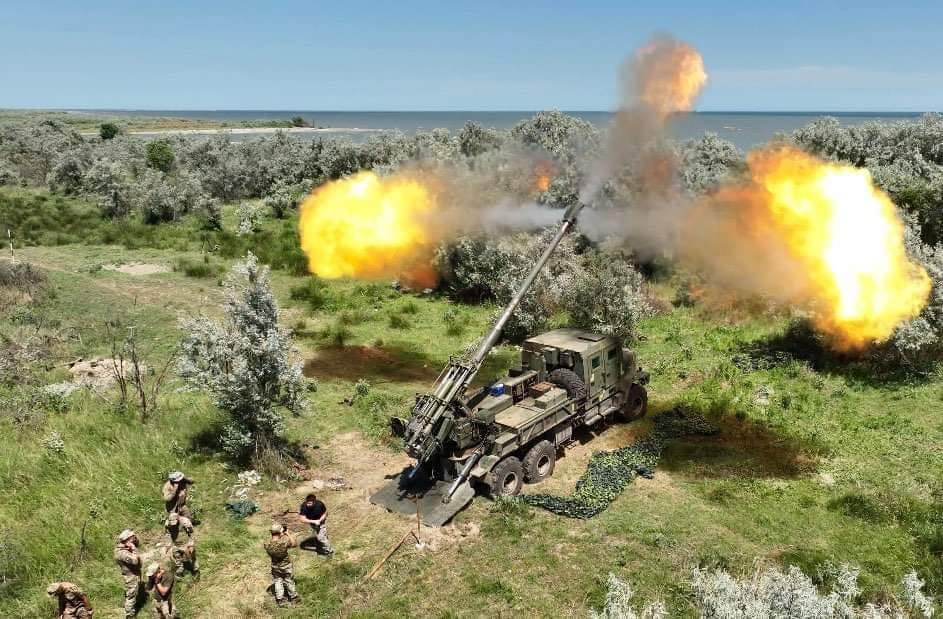
The UAV operator is hundreds of miles away, on the other end of the country, direct communication with the artillery unit is impossible because it would be spotted by enemy radars and reveal the howitzer's position. Other countries spent lots of money to solve this kind of situation, created special portable terminals for receiving visual data from the drone through an encrypted channel, deployed networks for automated C2.
What did the Ukrainian military do? They took a Starlink antenna for satellite internet connection and received the image from the Bayraktar TB2 drone right on the artillery spot via an ordinary messenger.
Місяць не викладав це відео особисто. Тепер можна. pic.twitter.com/JNJ8P6kuCD — Мирослав Гай (@miroslavgai) July 26, 2022
Western Missiles Under Soviet Aircraft Wings
Is it possible to fit a cutting-edge American missile under the wings of an aging Soviet fighter? If we answered the question back in 2021, most experts would say without a hint of doubt: barely so without an expensive deep modernization of the on-board systems.
The Ukraine's answer though: give us the AGM-88 HARM missiles, and we'll manage to integrate them into our MiG-29, we only need a special sort of "transitive pylon". What was the technology of this adjustment, we can yet only guess. Perhaps it was the standard pylon used by the U.S. Air Force which already had everything needed to launch the missile and somehow attached to the Ukrainian fighters, or pre-programming of the missile's target on the ground, or due to the missile's inherent algorithms.
Anyway, this innovation was a change in paradigm and apprehension of the interoperability potential of absolutely different weapon systems. This precedent opens the door for the integration of more air-launched missiles into seemingly incompatible aircraft and brings a new statement into the argument of whether or not to supply western technology to Ukraine.
Flagship Destruction
Retrospectively, Ukraine is not known for rewriting the history of naval warfare that often. But in the last nine months, the country has done exactly that already twice. For the first time history was written when Neptun missiles hit "Moskva", the flagship of the russian Black Sea Fleet.
This was the first time ever in multiple ways: a coastal anti-ship missile system hit the biggest warship – a missile cruiser; furthermore a fleet flagship was hit this way; and the hit was effective, resulting in the destruction of the said target. No flagship was destroyed since WW2, and no missile cruiser ever until that day.
In addition to the epithets "for the first time" we can confidently add "for the last time" as well, and "put to an end", too. Because "Moskva" is likely to become the last warship of the cruiser type destroyed during this war.
The thing is, cruisers as such are leaving the naval warfare arena and only remain in service with the USA and russia, while destroyers and lesser ships have long become the main carriers of missile-launching systems. That is why the Neptun strike has put a decisive end to the entire class of warships known as cruisers.
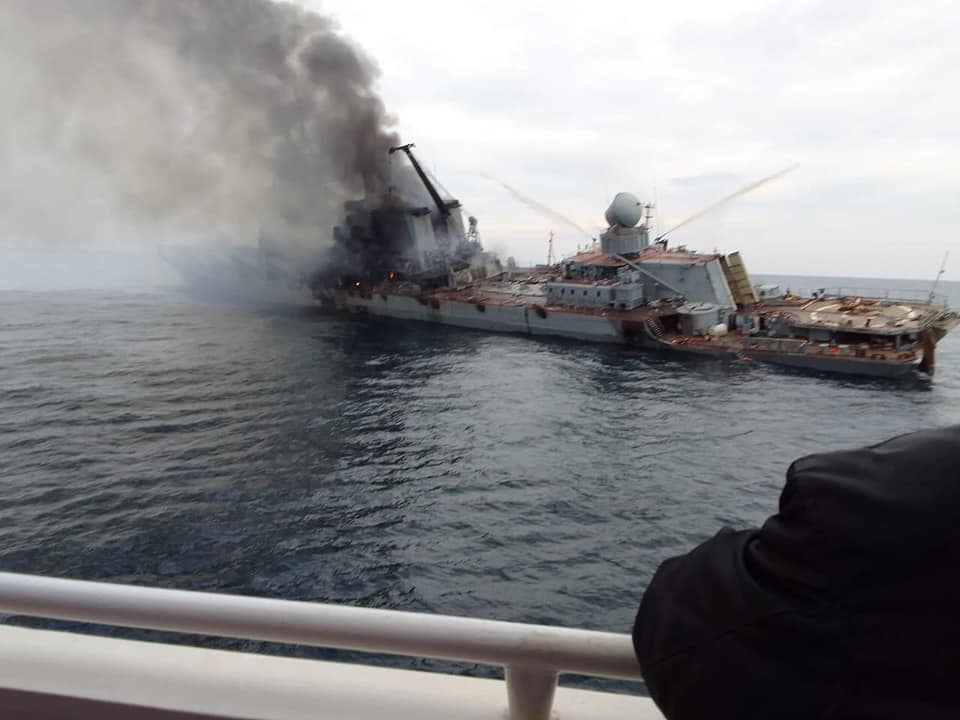
Heart-Piercing Attack
The second time Ukraine wrote its name in the history of navy was the attack of naval kamikaze drones on the most well-protected place of any fleet, the bay. On October 29, Ukraine attacked russian ships stationed at the occupied Sevastopol Bay, the base of the Black Sea Fleet of the russian federation.
The outcome is a hit of the "Admiral Makarov" frigate which had formally become the new flagship of the fleet and the "Admiral Essen" sea trawler.
Had there been sea drones before? Certainly yes. Had there been experiments with sea kamikaze drones? Maybe, yes. Yet it was a fully Ukrainian-made drone operated by the Armed Forces of Ukraine that made a statement by attacking the heart of the enemy fleet in the enemy's own bay and showed how prospective is this vector of weapon development.
These were the five most notable examples of Ukrainian resolve in the face of russian invasion and inventiveness in the approach to modern warfare shown by the Ukrainian defense forces. But there are more, such as the shooting down cruise missiles with MANPADS, destroying a helicopter with an anti-tank guided missile, and more to cover next time.
Read more: Ukraine-russia War and Conclusions for New Marine Unit in Pacific




